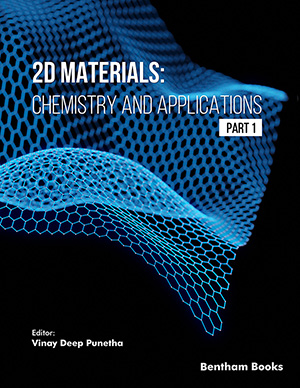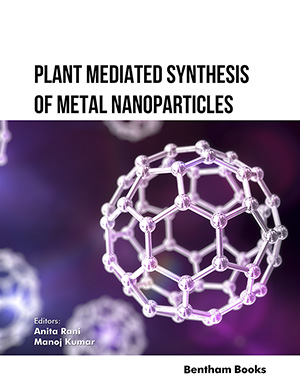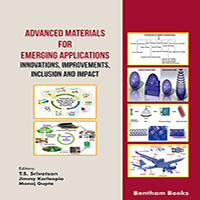Abstract
Background: Cementitious composites, which are subject to increasing demands, are often exposed to various external attacks, such as aggressive groundwater and surface water, chemicals in the soil, gas penetration, or phenomena related to water freezing and melting. One of the most common reasons for the deterioration of cement composites is the corrosion process. Corrosion results in irreversible damage that occurs during the chemical reaction of the material with the components of the environment.
Methods: The paper deals with experimental study of chemical sulphate corrosion of cement composites prepared from three types of cement: ordinary Portland cement; sulphate-resistant cement; and special hybrid cement, and industrial by-products and wastes: silica fume, zeolite and a special mineral admixture based on blast furnace granular slag as cement partial substitutes. Samples of cement composites were subjected to corrosion experiments in a sulphate environment, which took place in the laboratory under model conditions for 180 resp. 270 days.
Results: The deterioration parameters: changes in the weight and thickness of the samples, surface and mineralogical changes, leachability of the basic components of the cement matrix as well as changes in the liquid phase proved the degradation process due to chemical sulphate corrosion, model solutions of H2SO4 with pH 3 and 4, and solution of MgSO4 with c (SO4 2 -) = 3 and 10 g /L.
Conclusion: By comparing the leachability of the alkali components from cement composites, it can be concluded that for the most aggressive model solution (H2SO4 with pH 3), both slagcontaining formulations are the most stable in terms of the total ratio of leached calcium and silicon. This finding is also supported by the results of water absorbency tests, which confirmed that despite the increase in absorbency after chemical corrosion, cement composites with slag content reach the lowest values.
Keywords: Cement mortar, sulphate attack, slag, silica fume, zeolite, durability of building materials.
[http://dx.doi.org/10.1016/j.jclepro.2019.118710]
[http://dx.doi.org/10.1002/sd.2113]
[http://dx.doi.org/10.1016/j.cemconres.2019.105827]
[http://dx.doi.org/10.1016/j.cemconres.2019.04.018]
[http://dx.doi.org/10.1016/j.conbuildmat.2018.03.033]
[http://dx.doi.org/10.1016/j.conbuildmat.2020.118539]
[http://dx.doi.org/10.1016/j.conbuildmat.2013.02.069]
[http://dx.doi.org/10.1016/j.conbuildmat.2017.04.017]
[http://dx.doi.org/10.3390/ma13143179 PMID: 32708655]
[http://dx.doi.org/10.1016/j.proeng.2016.08.229]
[http://dx.doi.org/10.1007/s11356-021-15006-x PMID: 34165742]
[http://dx.doi.org/10.1080/19648189.2020.1809526]
[http://dx.doi.org/10.1016/j.conbuildmat.2020.118224]
[http://dx.doi.org/10.1016/S0958-9465(01)00023-3]
[http://dx.doi.org/10.1016/j.conbuildmat.2020.118683]
[http://dx.doi.org/10.1016/j.cemconcomp.2009.10.006]
[http://dx.doi.org/10.1016/S0958-9465(03)00148-3]
[http://dx.doi.org/10.1016/j.cemconcomp.2010.05.001]
[http://dx.doi.org/10.1016/j.conbuildmat.2016.05.015]
[http://dx.doi.org/10.1016/j.tca.2014.08.008]
[http://dx.doi.org/10.1016/j.jclepro.2016.02.013]
[http://dx.doi.org/10.1016/j.conbuildmat.2012.11.054]
[http://dx.doi.org/10.2138/am.2005.1742]
[http://dx.doi.org/10.1180/mono-4.18]
 23
23 1
1























